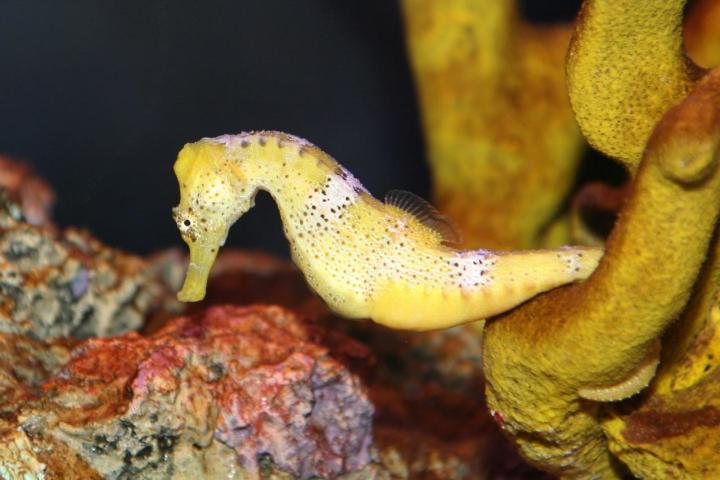
Study co-author Ross Hatto of Oregon State University told the Business Standard, “Human engineers tend to build things that are stiff so they can be controlled easily. But nature makes things just strong enough not to break, and then flexible enough to do a wide range of tasks. That’s why animals will inspire the next generations of robotics.”
The sea horse tail is an impressive natural achievement, with a relatively uncommon square form that has evolved over millions of years to provide an “energy-efficient grasping mechanism” that allows it to keep a strong hold on seaweed or coral reefs, anchoring itself to a single location as it waits for food to float by. But in addition to offering strength and stability, the boxy tail also allows the sea horse plenty of flexibility, allowing the animal to move about in a series of bends and twists without strain on the tail, which returns more easily to its natural shape than a cylindrical tail would.
To test the differences between a square and cylindrical setup, scientists designed and printed a series of plates to mimic the sea horse tail, using an L-shaped, squarish design for one, and round plates for another. They then both squeezed and twisted the structures, and found that the square plates were far more compressible because they could move across one another, and were also able to better respond to being manipulated, quickly bouncing back to their natural shape.
Said Hatton, “We found that this square architecture provides adequate dexterity and a tough resistance to predators, but also that it tends to snap naturally back into place once it’s been twisted and deformed. This could be very useful for robotics applications that need to be strong, but also energy-efficient and able to bend and twist in tight spaces.”
The applications of this new discovery are seemingly endless, as the robotics industry is constantly on the lookout for more flexible, resilient machinery. And with this latest study, it seems that sea horses have taken scientists one step closer to perfecting the trade.


